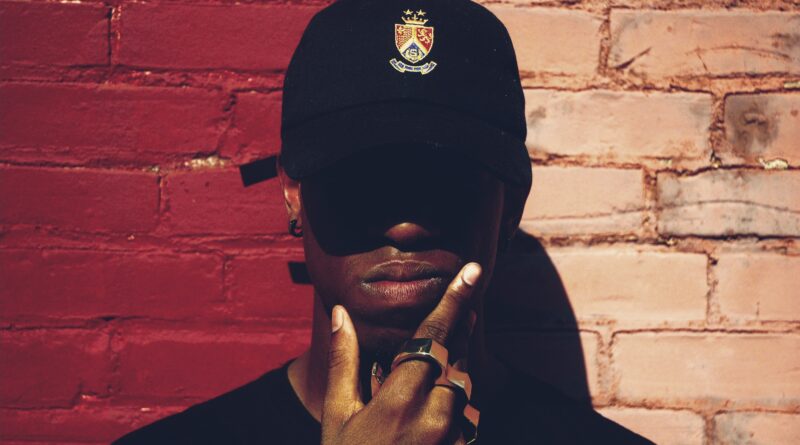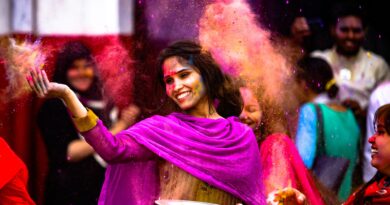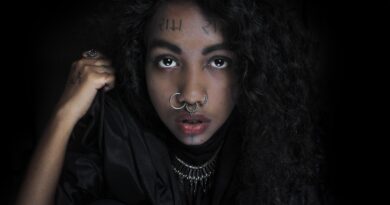Fashion Forward: Predicting Future Trends and Styles
Predicting future trends and styles in the fashion industry is a challenging task, as the industry is constantly evolving and influenced by a myriad of factors. However, there are several key sources and indicators that can help forecast what might be the next big thing in fashion.
Runway Shows and Fashion Weeks:
Fashion weeks held in major fashion capitals like New York, Paris, Milan, and London are significant indicators of upcoming trends. Designers showcase their latest collections, presenting new silhouettes, colors, and patterns that often set the tone for future fashion trends. Paying attention to the recurring themes, innovative designs, and emerging talents at these events can provide valuable insights into what styles may dominate in the coming seasons.
Street Style and Influencers:
Street style has become a major source of inspiration and trend forecasting. Fashion-forward individuals, influencers, and celebrities showcase their personal style during fashion weeks, on social media, and at various events. These street style looks often reflect emerging trends and offer glimpses into how people are interpreting and adopting new styles. Monitoring street style photography and following influential fashion bloggers and social media influencers can provide a real-time view of what’s popular and what’s gaining traction.
Fashion Publications and Trend Forecasting Agencies:
Fashion publications, both print and digital, often feature trend reports and predictions. These publications employ fashion experts and trend forecasters who analyze runway shows, street style, and cultural shifts to identify emerging trends. Trend forecasting agencies, such as WGSN and Trendstop, offer in-depth analysis and predictions based on extensive research and consumer insights. Keeping up with these publications and agencies can provide valuable information on future fashion directions.
Cultural and Social Influences:
Fashion is deeply intertwined with culture, society, and current events. Analyzing cultural shifts, social movements, and technological advancements can offer clues about future fashion trends. For example, sustainability and ethical fashion have gained significant momentum in recent years, influencing design practices and consumer preferences. Similarly, the rise of gender-fluid fashion and emphasis on inclusivity reflect evolving societal norms. By staying informed about cultural and social changes, one can anticipate how they may impact fashion choices and styles in the future.
Color and Pantone Predictions:
Color trends play a vital role in fashion. Pantone, a leading color authority, releases annual color predictions that often set the tone for the design industry. By examining Pantone’s color forecasts and paying attention to the colors showcased in collections and on the runway, one can gain insights into the hues that may dominate future fashion seasons.
Fashion Technology and Innovation:
Technological advancements are driving innovation in the fashion industry. From 3D printing and smart textiles to virtual fashion experiences, technology is reshaping the way fashion is created, presented, and consumed. Keeping an eye on emerging fashion technologies can offer glimpses into future trends and styles.
It’s important to note that fashion is subjective and personal, and trends can evolve and change quickly. While these sources and indicators can help forecast future trends, fashion is ultimately influenced by individual expression and creativity. The ability to anticipate and interpret trends while infusing personal style and vision is what sets fashion-forward individuals and brands apart.










